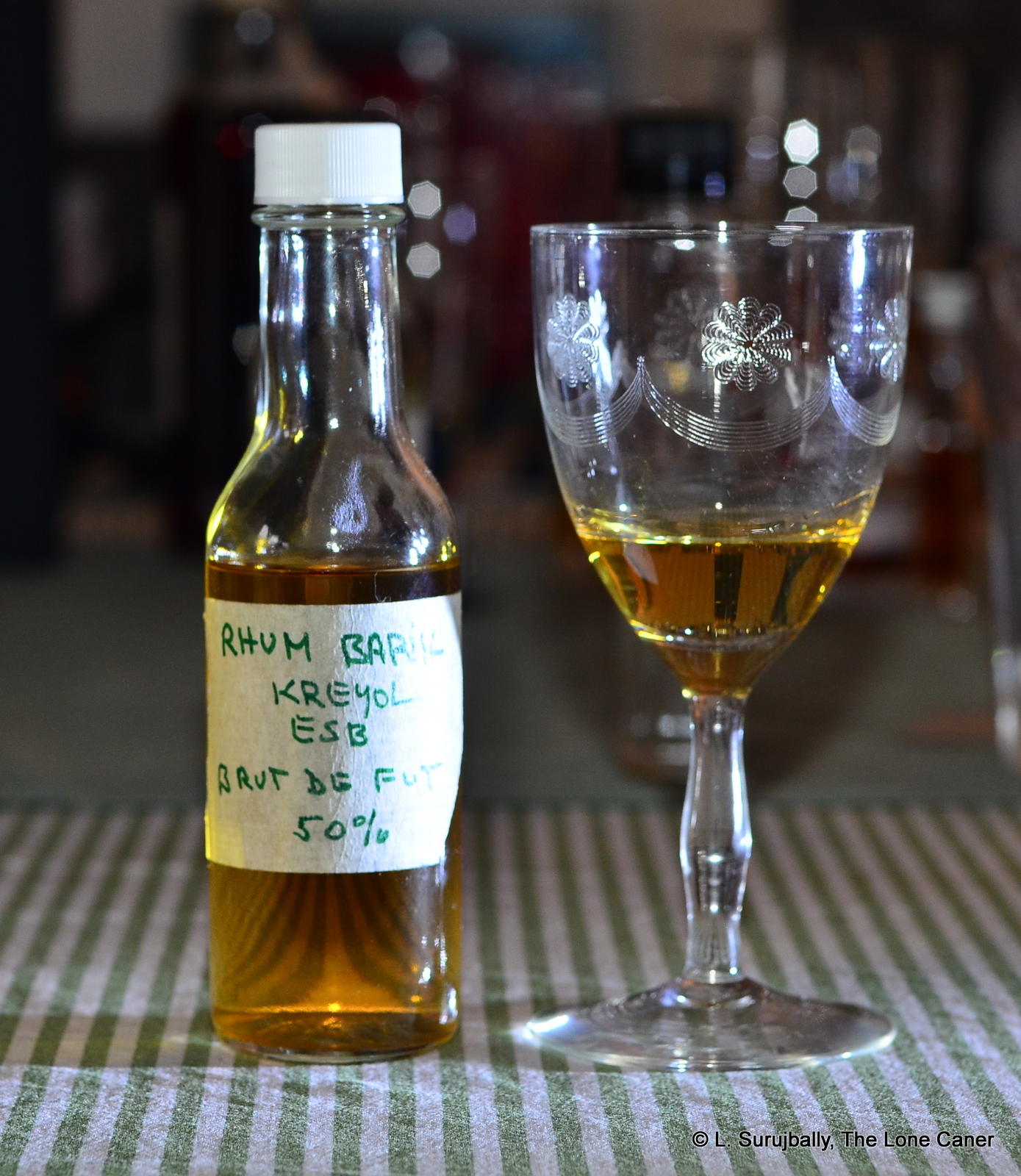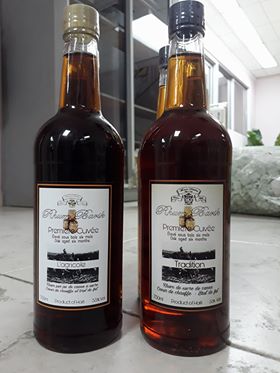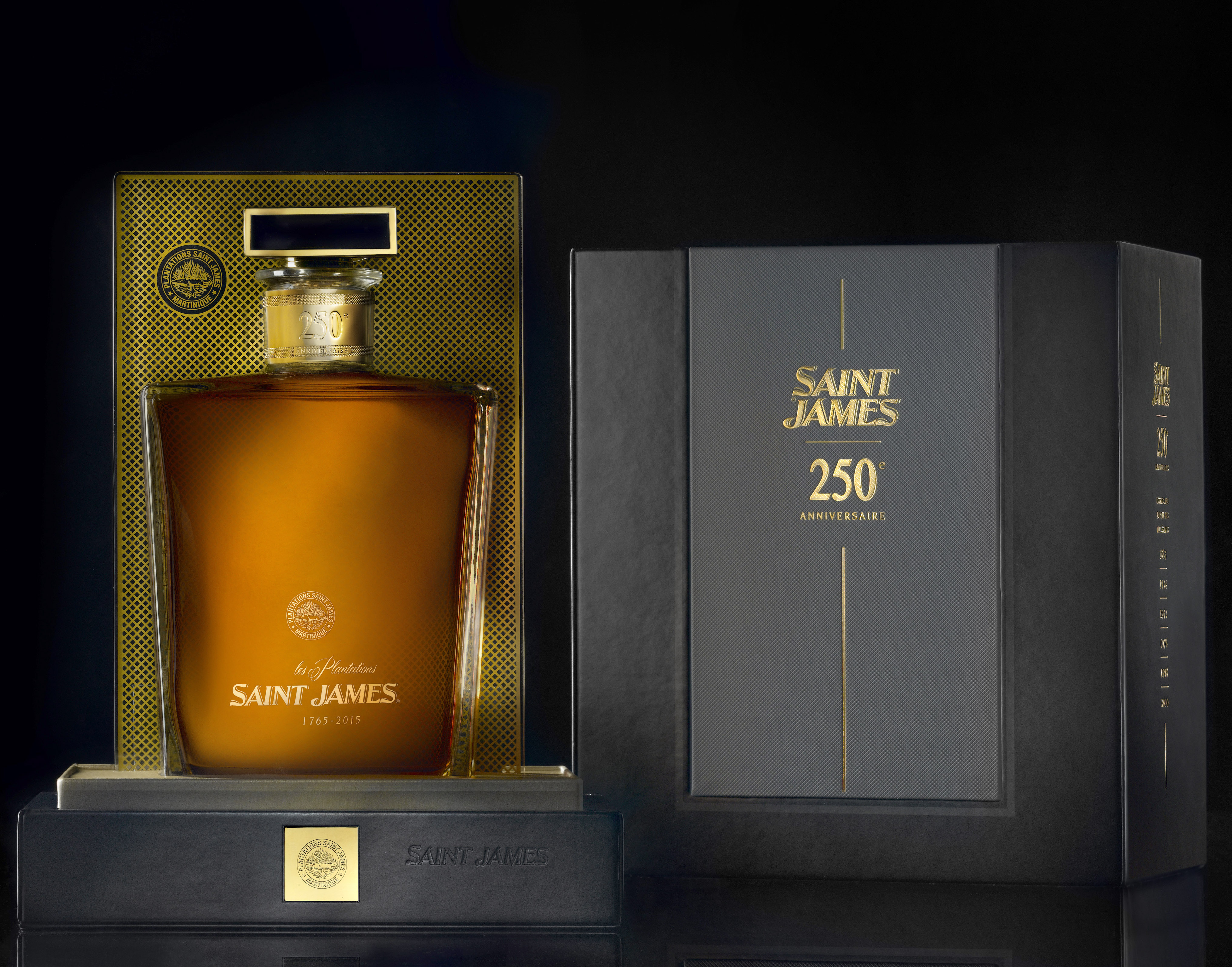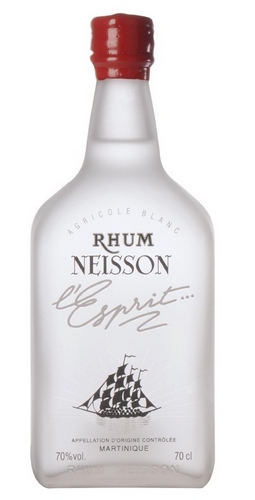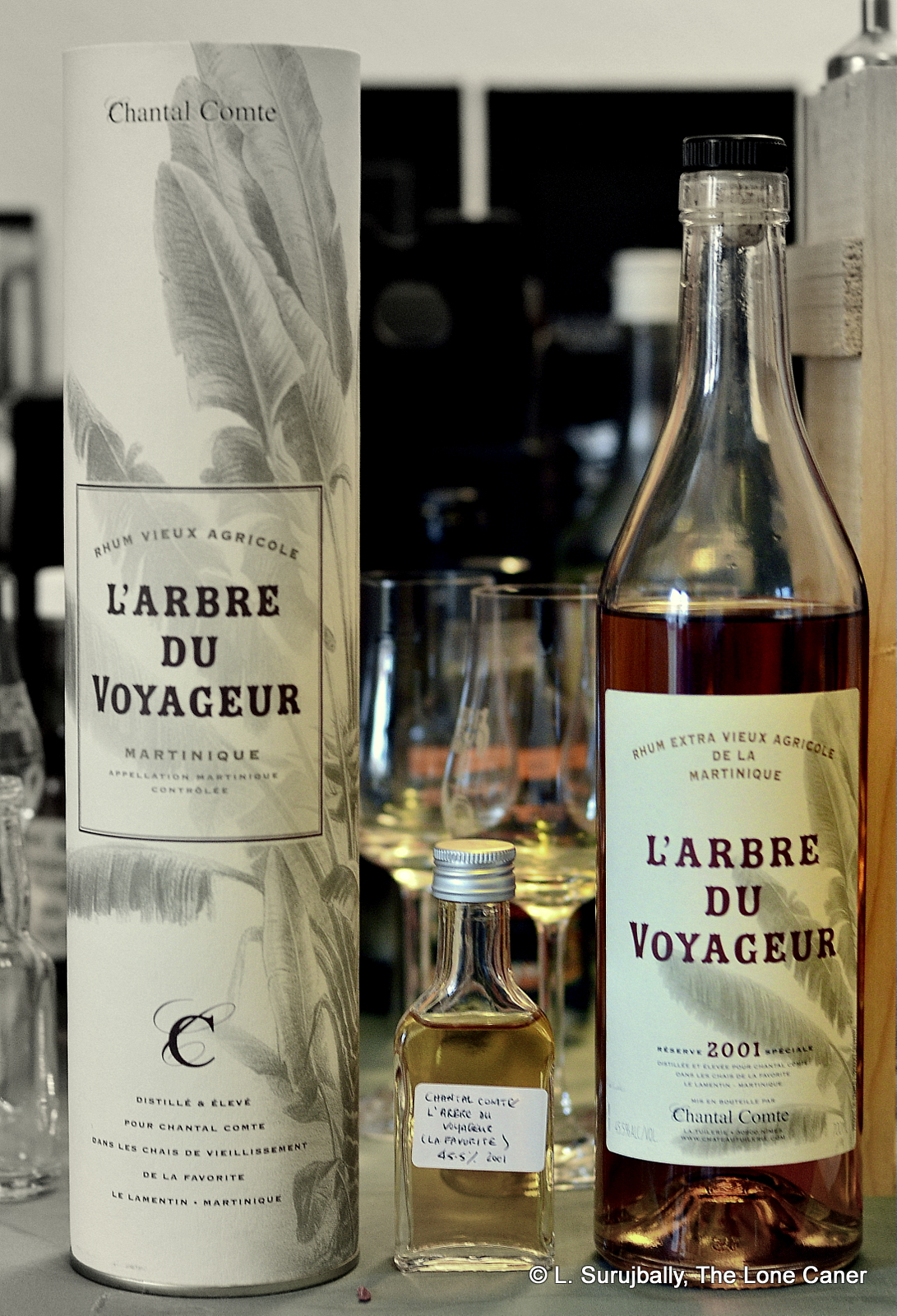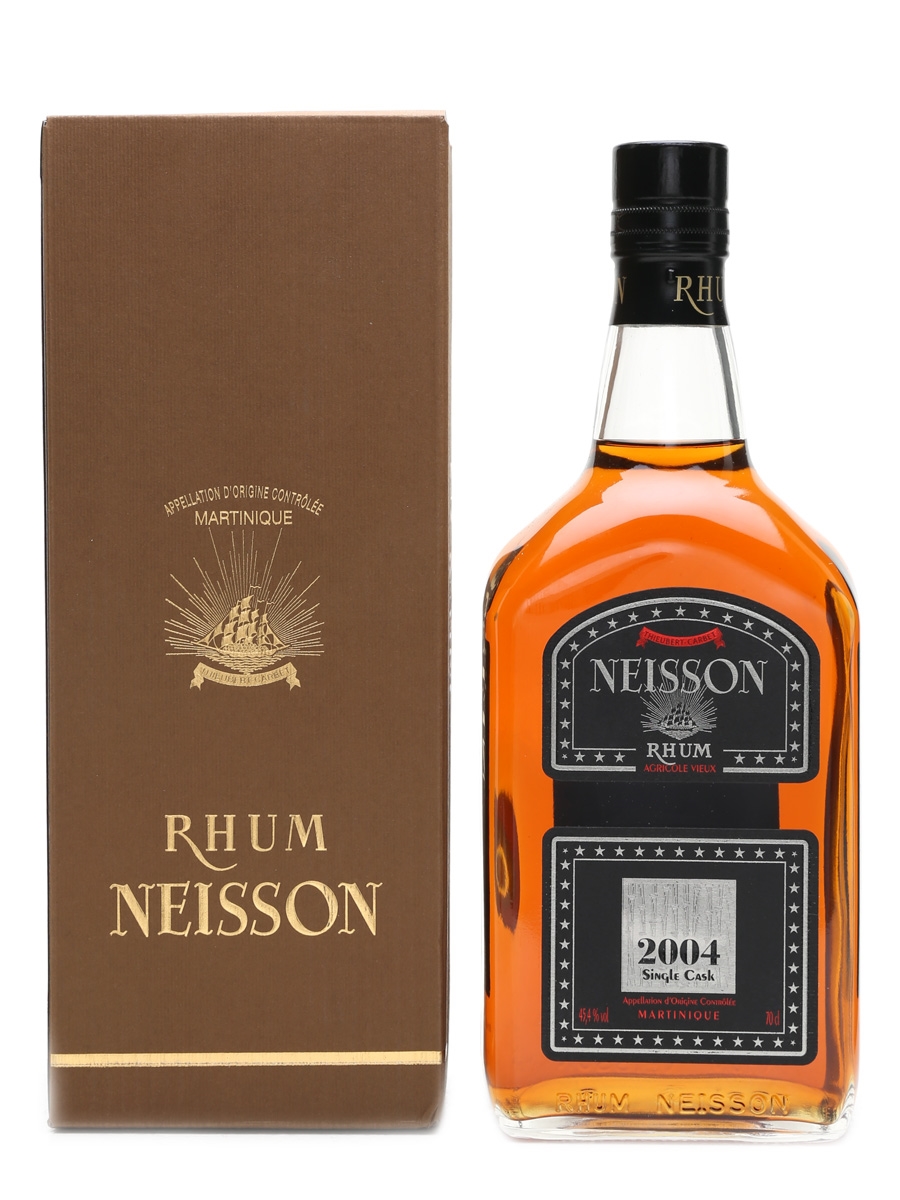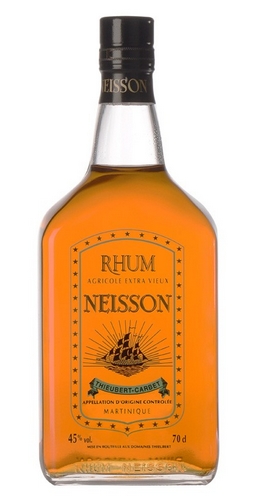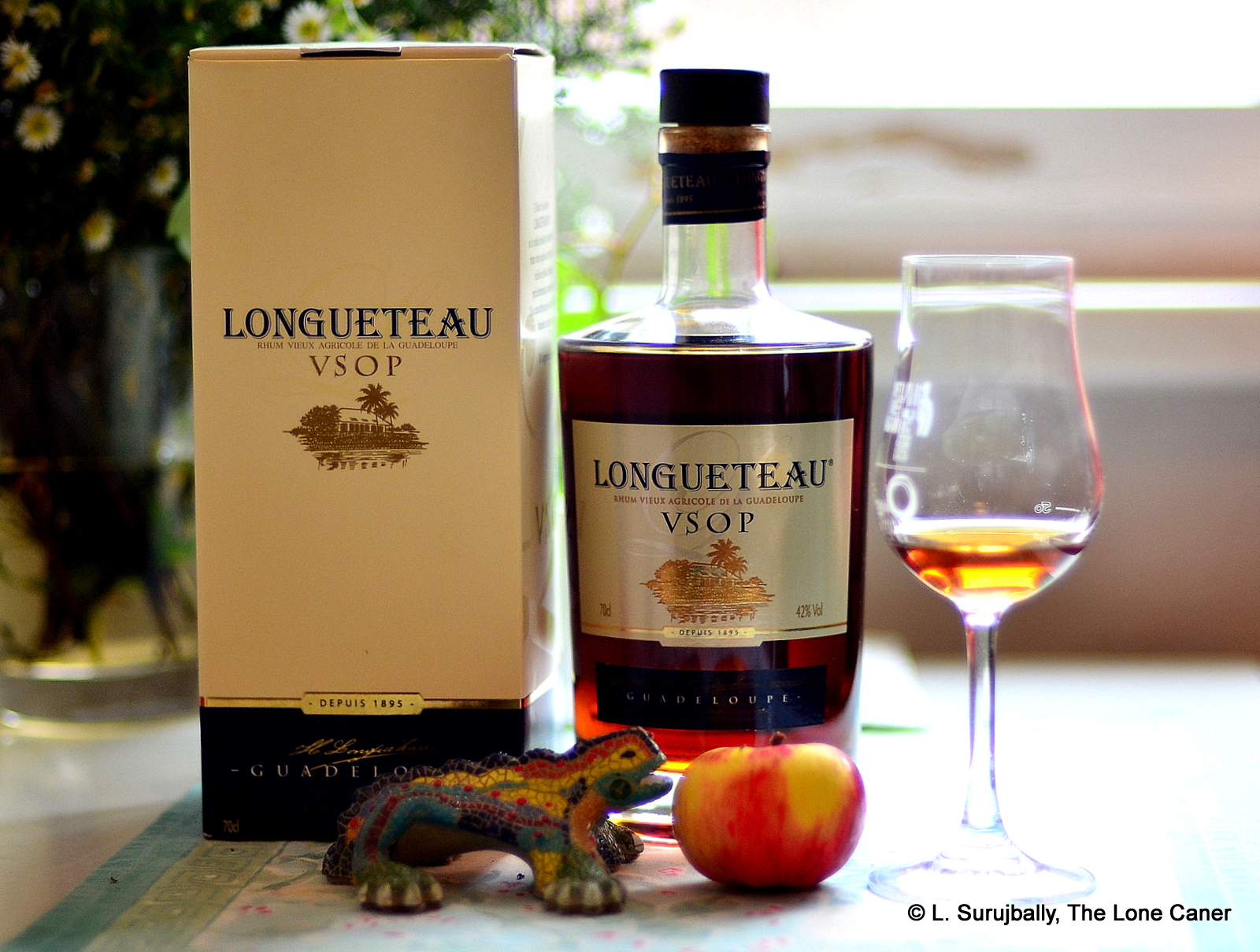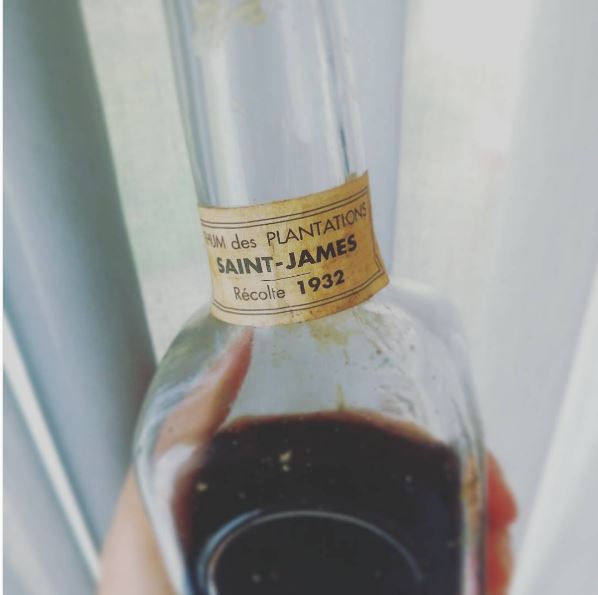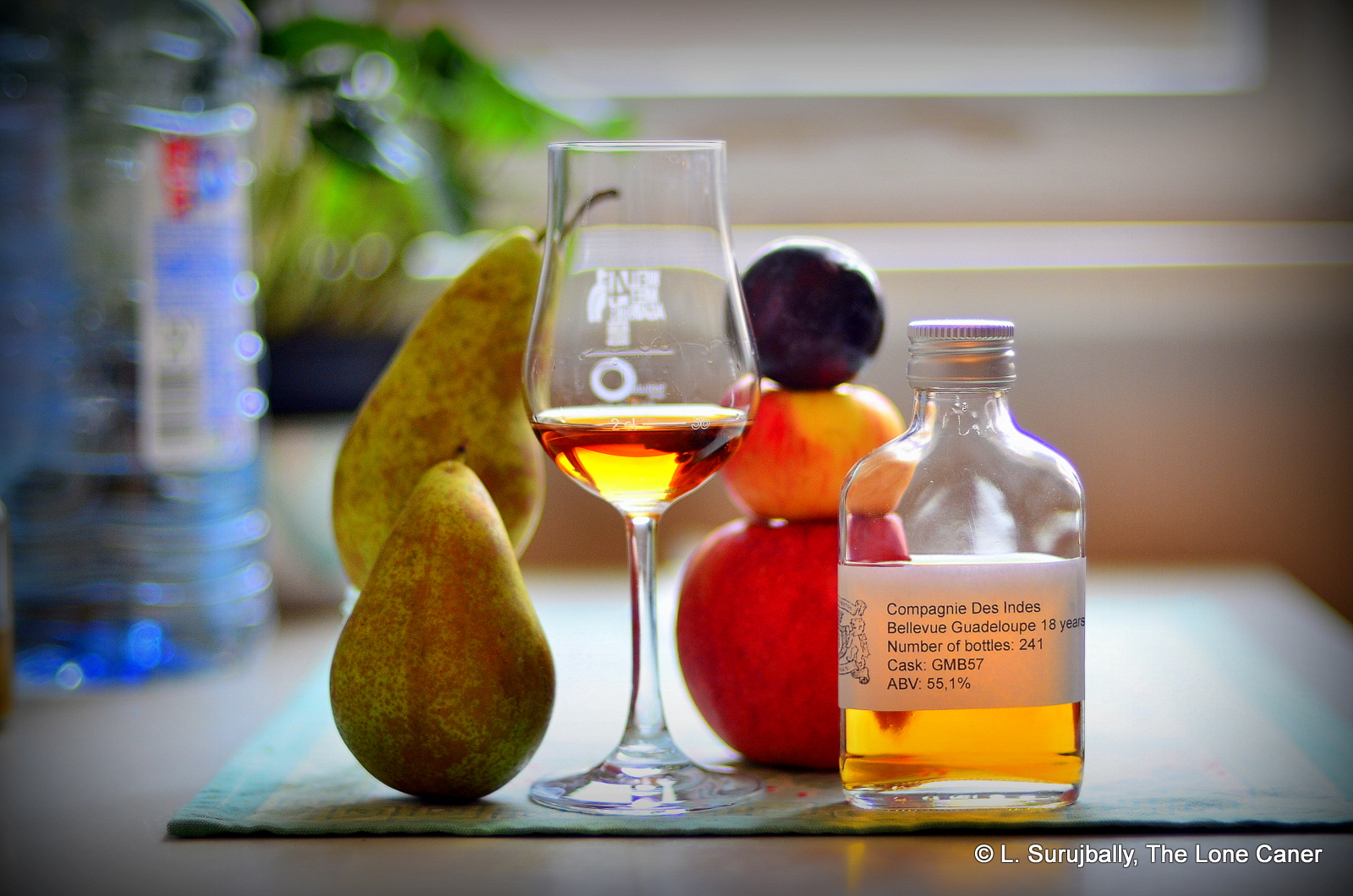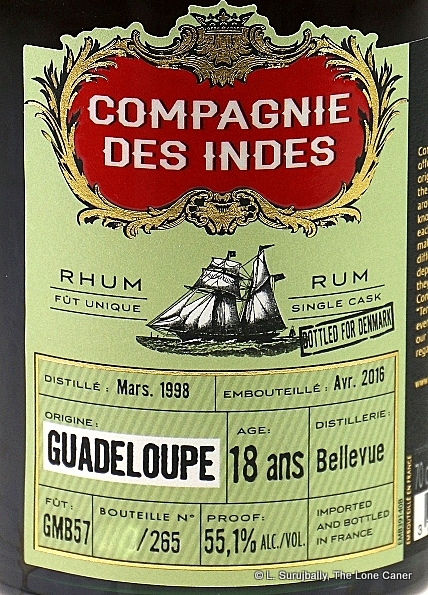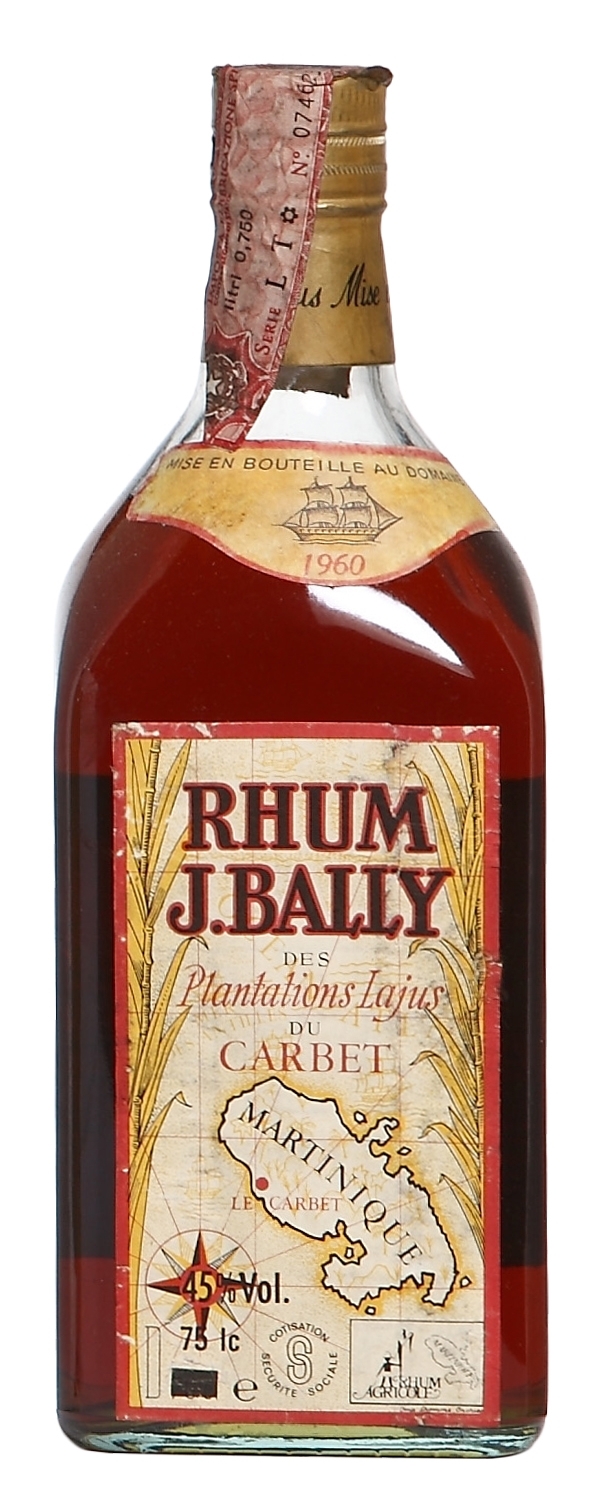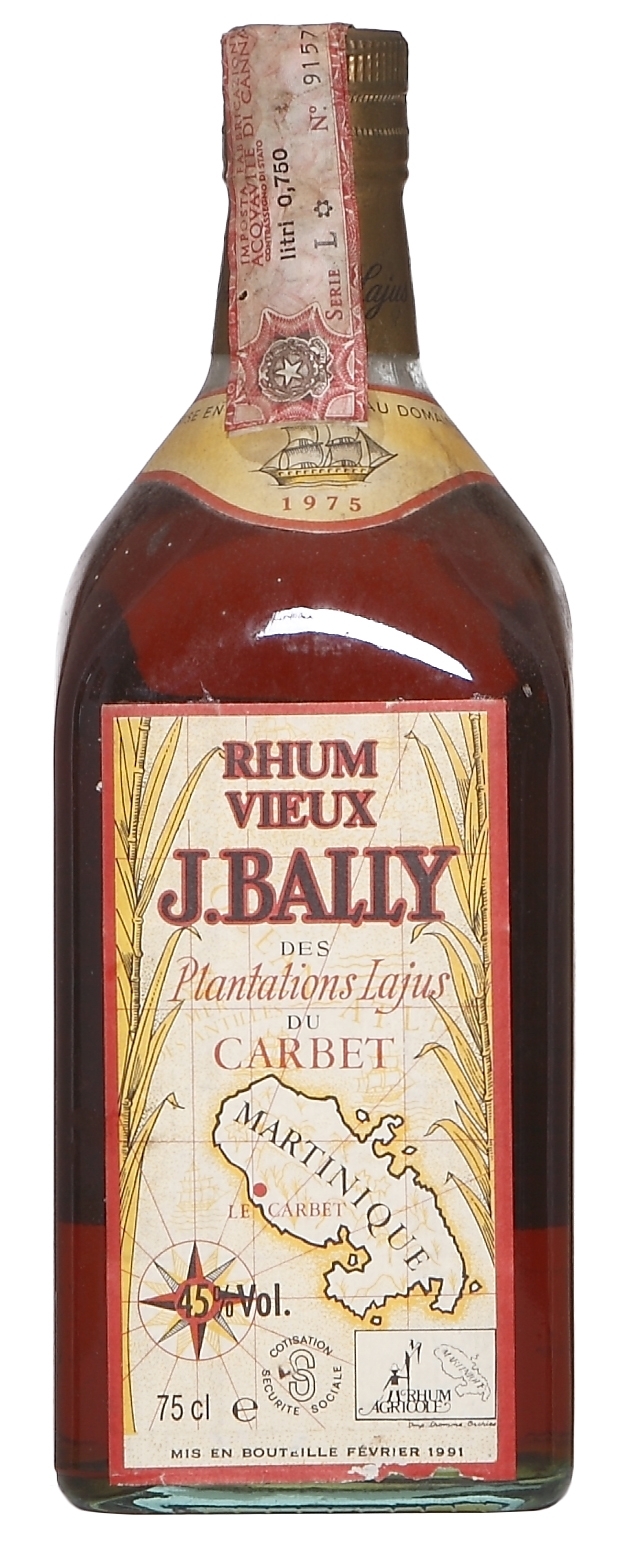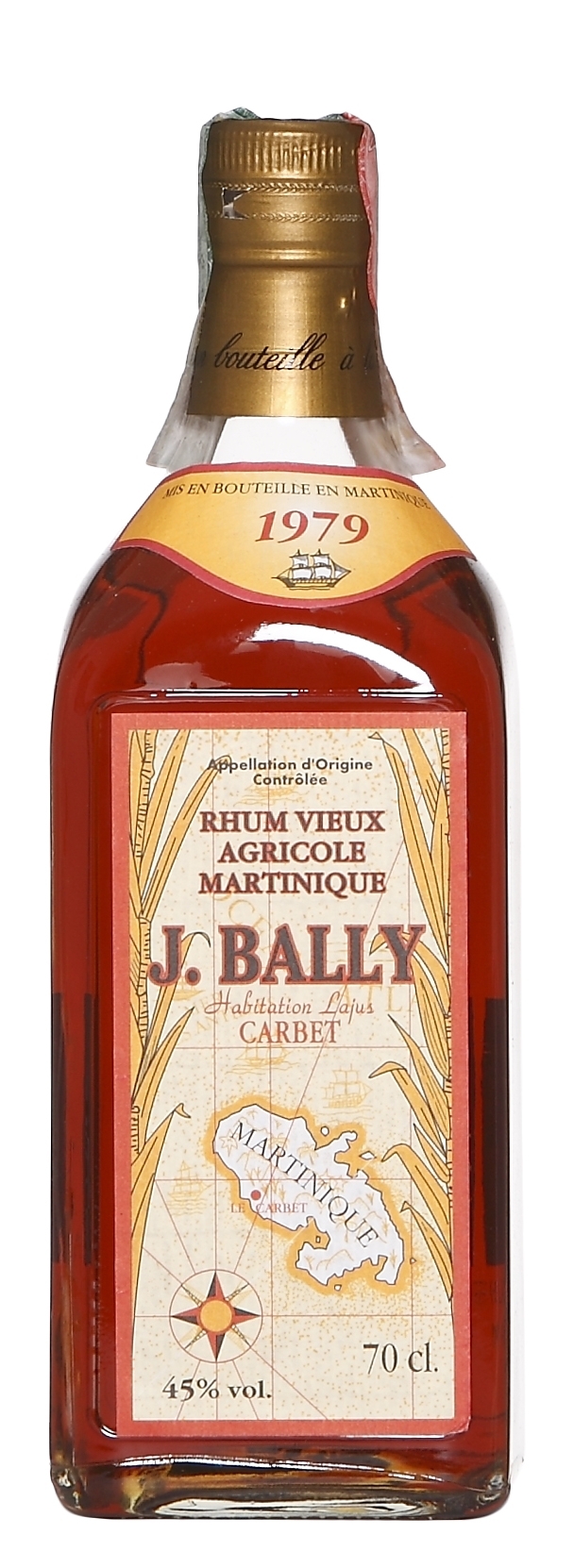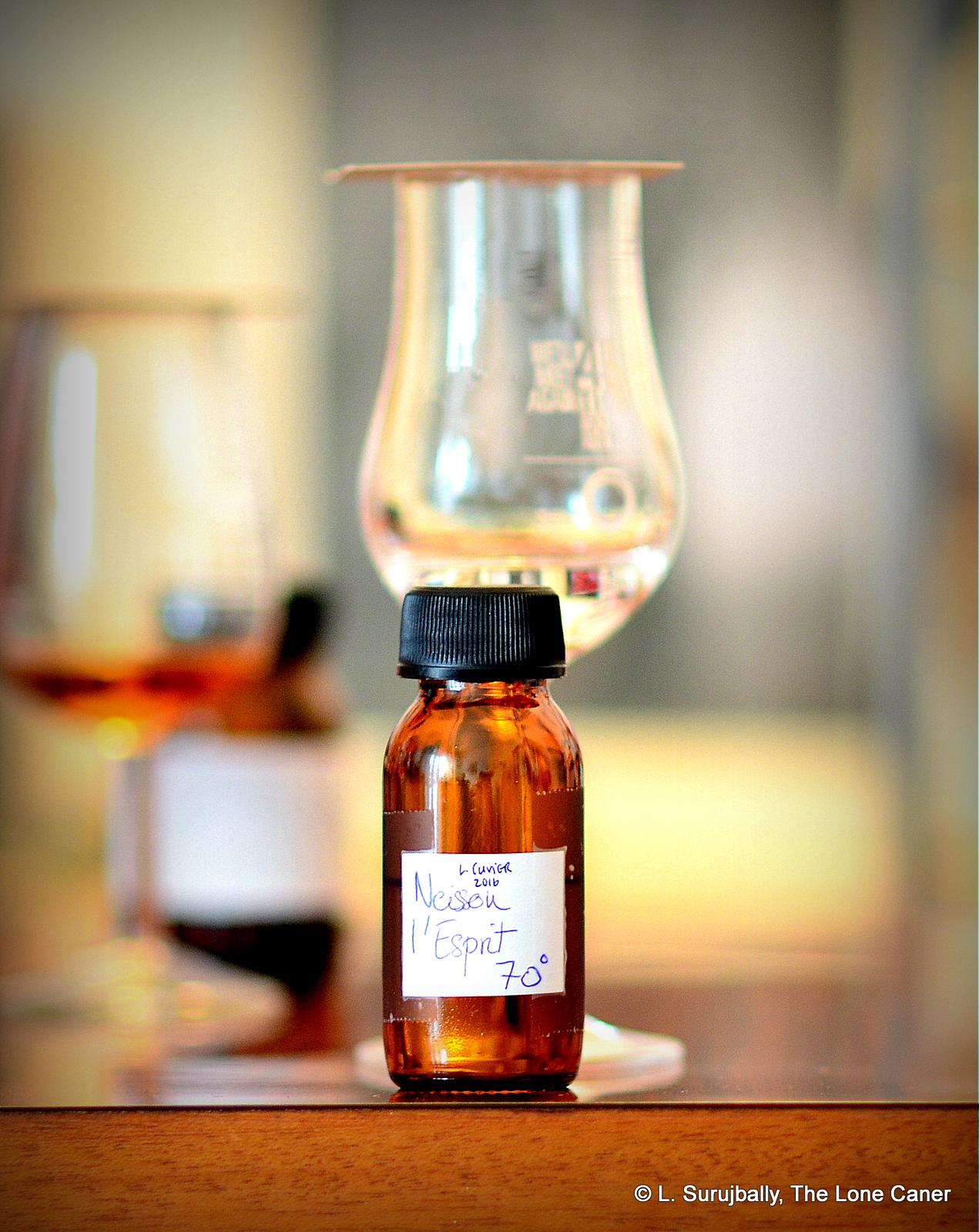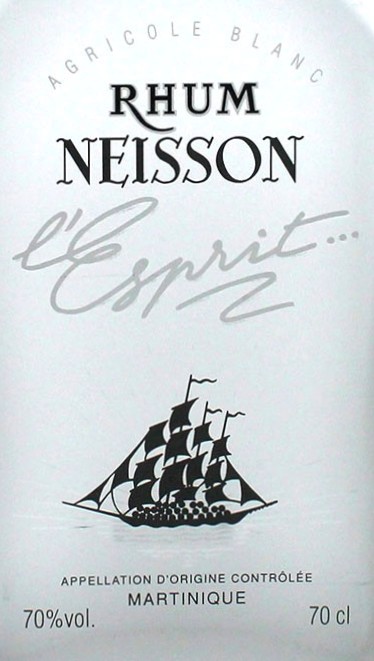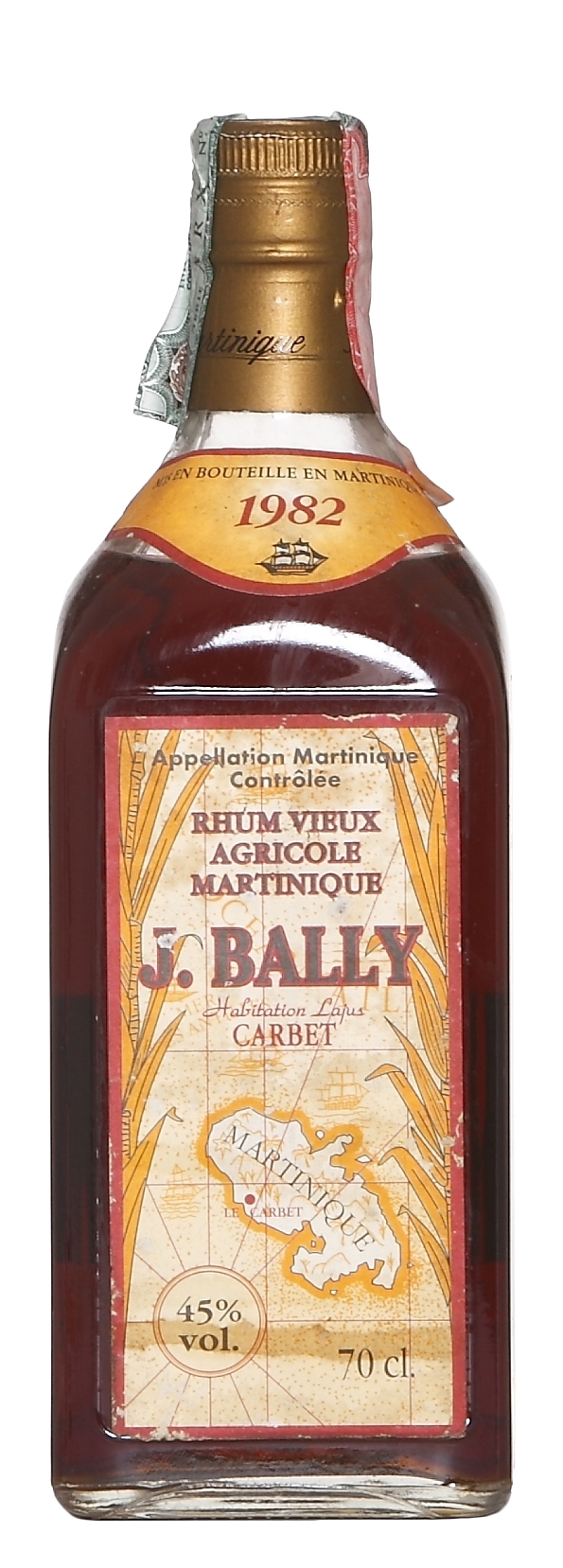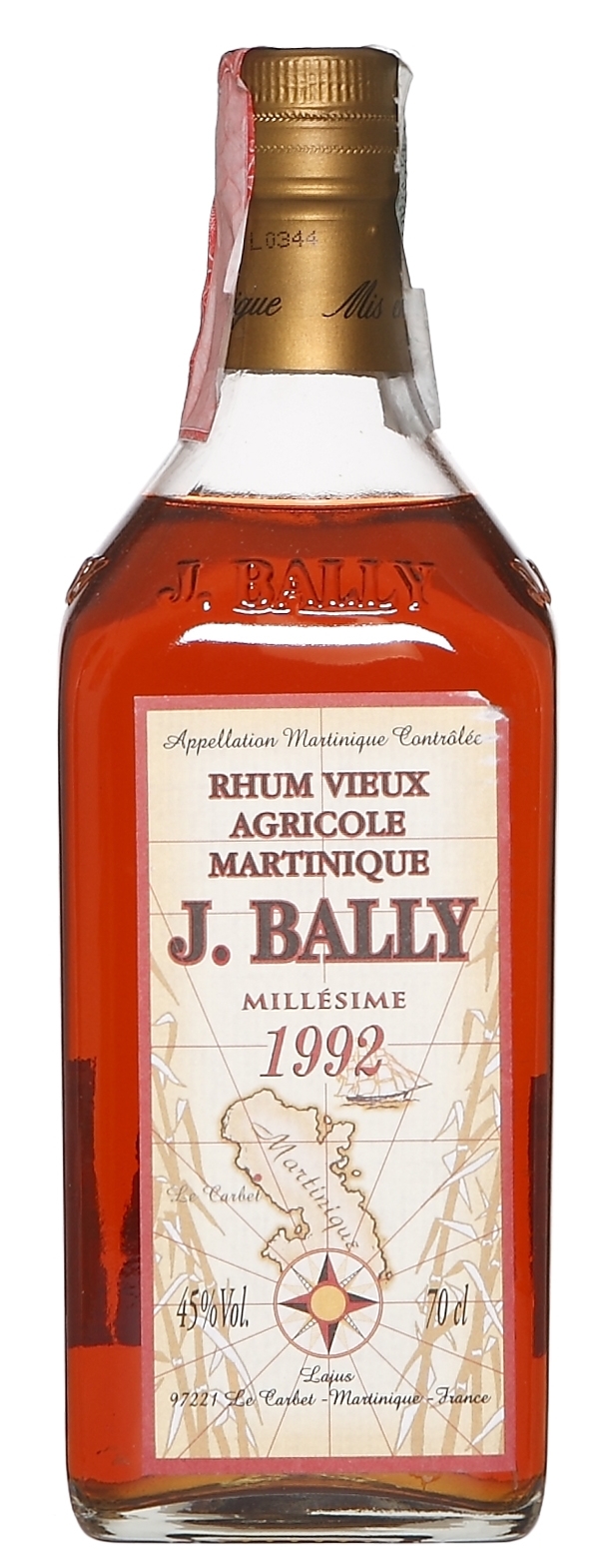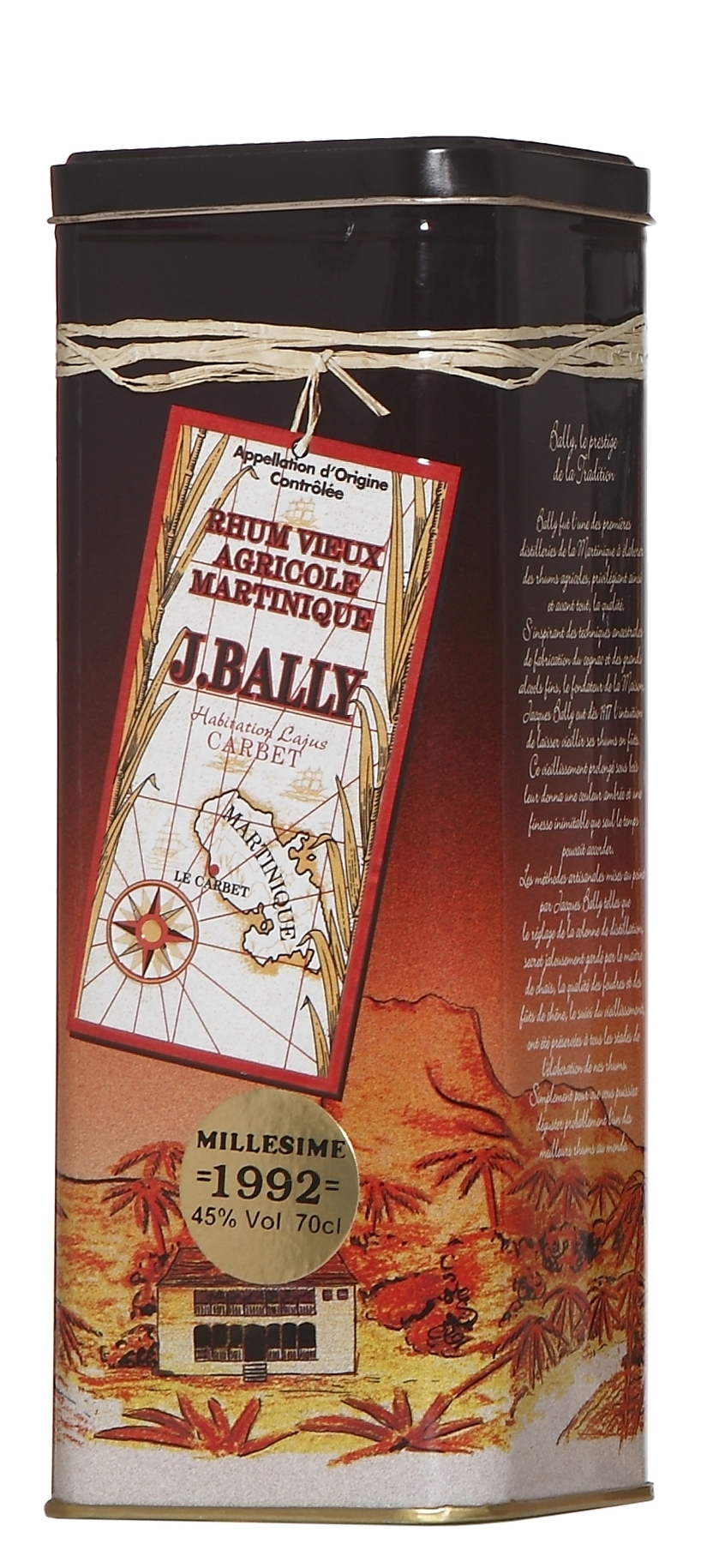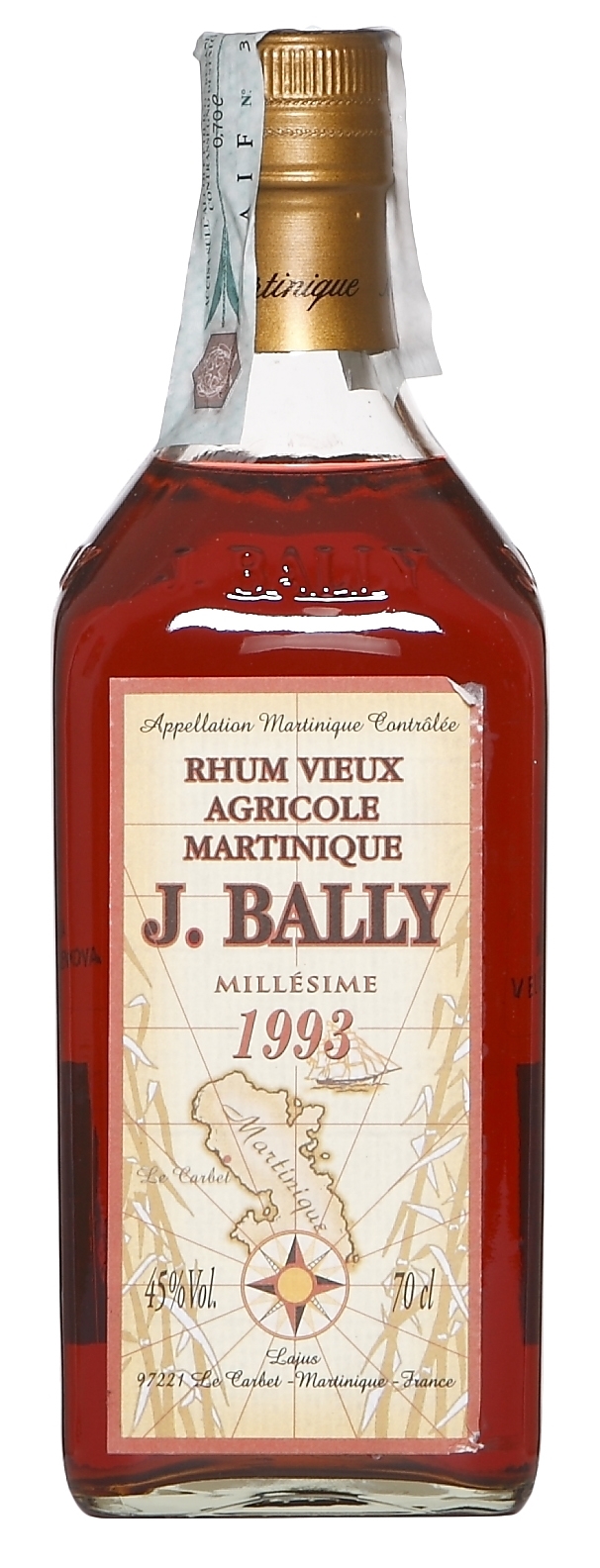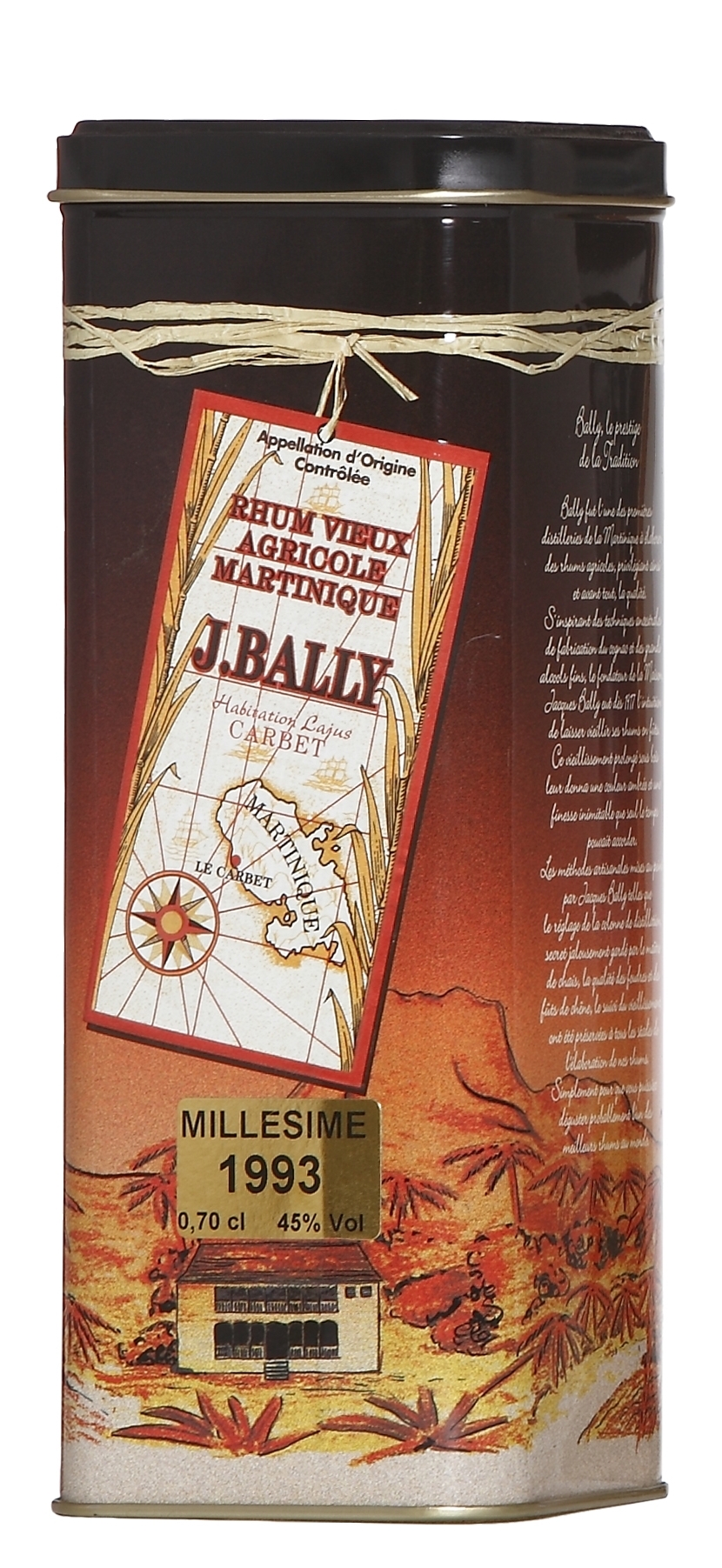#460
The nose of the seven year old 57.3% Bielle is deceptive in the extreme, quiet and camouflaged, and sneaks up on you like a spec ops team on dawn patrol through a foggy jungle. At first there’s not much…vague hints of grass, sap and sweet honey. Maybe some herbs, an earthy sort of musk. A flower or two. It’s all very commonplace for a Guadeloupe rhum and you might think after a few seconds of careful sniffing, “What, is this all there is?” …before it opens up and then it’s like Major T.J. Kong cheerfully went on the offensive big time, with a fusillade of additional smells emerging as if from ambush: citrus, herbs, dill and cloves zipping around, followed by the solid crump-crump of honey, more caramel and eucalyptus oil. Whew! The Bielle 2007 might have started inoffensive and easy but it sure knew how to make up for lost time once it got going.
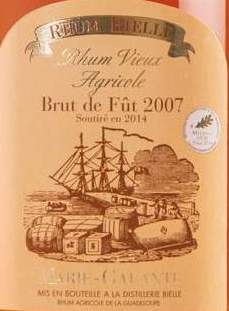 And if the nose is a gradually unfolding escalation, well, the palate is like a full scale battle joined between opposing forces in love with all their laser-guided precision artillery. It was sharp and light and furious all at once, a bombardment of delicious flavours, throwing shards of flowers, honey, wet green grass, bananas, pears, watermelon, olives, and cane juice sap with all the insouciance of a bird-colonel in the suck testing out his latest hi-tech toys. Add a little water and spices emerge, precisely, forcefully, tastily – cinnamon and nutmeg for the most part, some cloves, as well as sugar water, and even a touch of brine. And it all leads to a long and rather sharp denouement, crisp and yet warm, redolent of caramel, citrus, tannins and smoke. Bit of a comedown, here, balance was slightly off, sharpness a tad too much…we may have burnt the rum in order to save it, Cap’n.
And if the nose is a gradually unfolding escalation, well, the palate is like a full scale battle joined between opposing forces in love with all their laser-guided precision artillery. It was sharp and light and furious all at once, a bombardment of delicious flavours, throwing shards of flowers, honey, wet green grass, bananas, pears, watermelon, olives, and cane juice sap with all the insouciance of a bird-colonel in the suck testing out his latest hi-tech toys. Add a little water and spices emerge, precisely, forcefully, tastily – cinnamon and nutmeg for the most part, some cloves, as well as sugar water, and even a touch of brine. And it all leads to a long and rather sharp denouement, crisp and yet warm, redolent of caramel, citrus, tannins and smoke. Bit of a comedown, here, balance was slightly off, sharpness a tad too much…we may have burnt the rum in order to save it, Cap’n.
Okay, so this is perhaps overly metaphorical for a rum review, an armchair rumwarrior’s idle fascination with military exercises (though at least it’s a fun digression from standard tasting notes, I suggest). But the tastes and sensations were there, as described, and any rum that can inspire such daydreams is worth a look, right? It presents as quite a fascinating piece of work, and those were the thoughts that ran through my mind on an afternoon when I perhaps had too much time on my hands. Each morsel of flavour arrived precisely, pirouetted, fired off a volley, shouldered arms and then marched off. It was great.
Bielle is not a company whose wares I’ve seen or tried much of – in fact, that was the reason I bought this one (and the Dillon, from last week). Located just south of dead centre on the tiny island of Marie Galante (itself south of Guadeloupe), Bielle was a small sugar plantation dating back to the late 1700s, named after Jean-Pierre Bielle (he also owned a coffee shop), which went through a series of owners and went belly-up in the 1930s; it was eventually sold to a local landowner, Paul Rameaux, which did nothing to revive its waning fortunes. 1975 marked a revival of Bielle when la Société d’Exploitation de la Distillerie Bielle (SEDB) took over the assets, and nowadays a nephew of Mr. Rameaux, Dominique Thiery, runs the small distillery. So, it’s another small outfit from the French West Indies about whom only the islanders themselves and the French seem to know very much. But y’know, after trying this just-short-of-phenomenal young rhum, I’m jealous as all get-out and kicking myself, because where has this thing been all my life while I was dancing with the rhums from elsewhere? I’d better get some more from there, and quickly, because I’ll tell you, this is a distillery making rhums which deserve some serious attention.
(89/100)
Other notes
Velier issued a rhum from Bielle as part of their 2017 70th Anniversary, also from 2007.


